An Overview: 1K 5% 1206 Chip Resistor
The 1K 5% 1206 Chip Resistor is a surface mount resistor, denoted by its code “1206,” indicating its size dimensions in Imperial units (0.126 x 0.063 inches or 3.20 x 1.60 mm). The “1K” signifies its nominal resistance value of 1 kilo-ohm, while “5%” represents its tolerance level, meaning that the actual resistance can deviate by up to 5% from the stated value. This chip resistor is typically manufactured using a thin film or thick film technology, providing stable and precise resistance characteristics.
Specifications:
| Parameter | Value |
|---|---|
| Nominal Resistance | 1K ohms |
| Tolerance | ±5% |
| Power Rating | Typically 1/8 watt |
| Operating Temperature Range | -55°C to +155°C |
| TCR | Varies, typically ±100 ppm/°C |
| Maximum Operating Voltage | Typically around 50 volts |
| Package Size | 1206 (3.20 x 1.60 mm) |
| Construction | Thin film or thick film technology |
Features:
- High Precision: With a tolerance of 5%, the 1K 1206 Chip Resistor offers high precision in resistance values, ensuring reliability in circuit performance.
- Compact Size: Its small footprint makes it suitable for densely populated circuit boards, allowing for space-efficient designs in various electronic devices.
- Wide Operating Temperature Range: Capable of operating in temperatures ranging from -55°C to +155°C, making it suitable for both commercial and industrial applications.
- Stability: The thin film or thick film technology used in manufacturing provides excellent stability over time, minimizing drift in resistance values.
- RoHS Compliance: Manufactured according to RoHS (Restriction of Hazardous Substances) standards, ensuring environmental friendliness and safety in electronic assemblies.
Applications:
The versatility of the 1K 5% 1206 Chip Resistor makes it indispensable across a wide range of electronic applications, including but not limited to:
- Consumer Electronics: Used in smartphones, tablets, laptops, televisions, and audio equipment for various circuit functions.
- Automotive Electronics: Found in engine control units (ECUs), infotainment systems, lighting systems, and sensor modules.
- Industrial Control Systems: Utilized in PLCs (Programmable Logic Controllers), motor drives, power supplies, and instrumentation equipment.
- Telecommunications: Deployed in routers, switches, base stations, and networking equipment for signal conditioning and filtering.
- Medical Devices: Employed in patient monitoring systems, diagnostic equipment, and medical imaging devices for signal processing and control.
Developments:
The field of chip resistors continues to evolve, driven by advancements in materials, manufacturing processes, and design methodologies. Some notable developments include:
- Miniaturization: Ongoing efforts to reduce the size of chip resistors while maintaining or improving performance characteristics to meet the demands of compact electronic devices.
- Higher Power Ratings: Development of chip resistors with higher power ratings to accommodate applications requiring increased current handling capabilities.
- Enhanced Precision: Continual improvements in manufacturing techniques to achieve tighter tolerances and better stability in resistance values, catering to applications demanding high precision.
- Temperature Performance: Research into materials and designs to expand the operating temperature range of chip resistors for extreme environmental conditions, such as automotive and aerospace applications.
- Customization: Growing demand for customized chip resistors tailored to specific application requirements, prompting manufacturers to offer a wider range of options in terms of resistance values, tolerances, and special features.
Instructions:
When using the 1K 5% 1206 Chip Resistor in electronic circuits, follow these guidelines for optimal performance:
- Soldering: Ensure proper soldering techniques, maintaining the recommended temperature and duration to prevent damage to the resistor and surrounding components.
- Mounting: Place the chip resistor on the circuit board in the designated footprint, aligning the terminals with the corresponding pads for soldering.
- Handling: Avoid excessive mechanical stress or bending of the resistor during assembly or operation, as it may affect its electrical characteristics.
- Temperature Management: Pay attention to the operating temperature range specified for the resistor, taking necessary precautions to prevent overheating in high-power applications.
- Testing: Verify the resistance value of the resistor using a multimeter or other suitable measuring equipment to ensure compliance with the desired specifications before integrating it into the circuit.
In conclusion, the 1K 5% 1206 Chip Resistor stands as a foundational component in electronic design, offering reliability, precision, and versatility across diverse applications. By understanding its specifications, features, applications, developments, and instructions, engineers and hobbyists alike can harness its capabilities effectively in their projects, contributing to the advancement of modern electronics.
Also buy this resistor pack of 100: (Pack of 100)
For more services: Click here

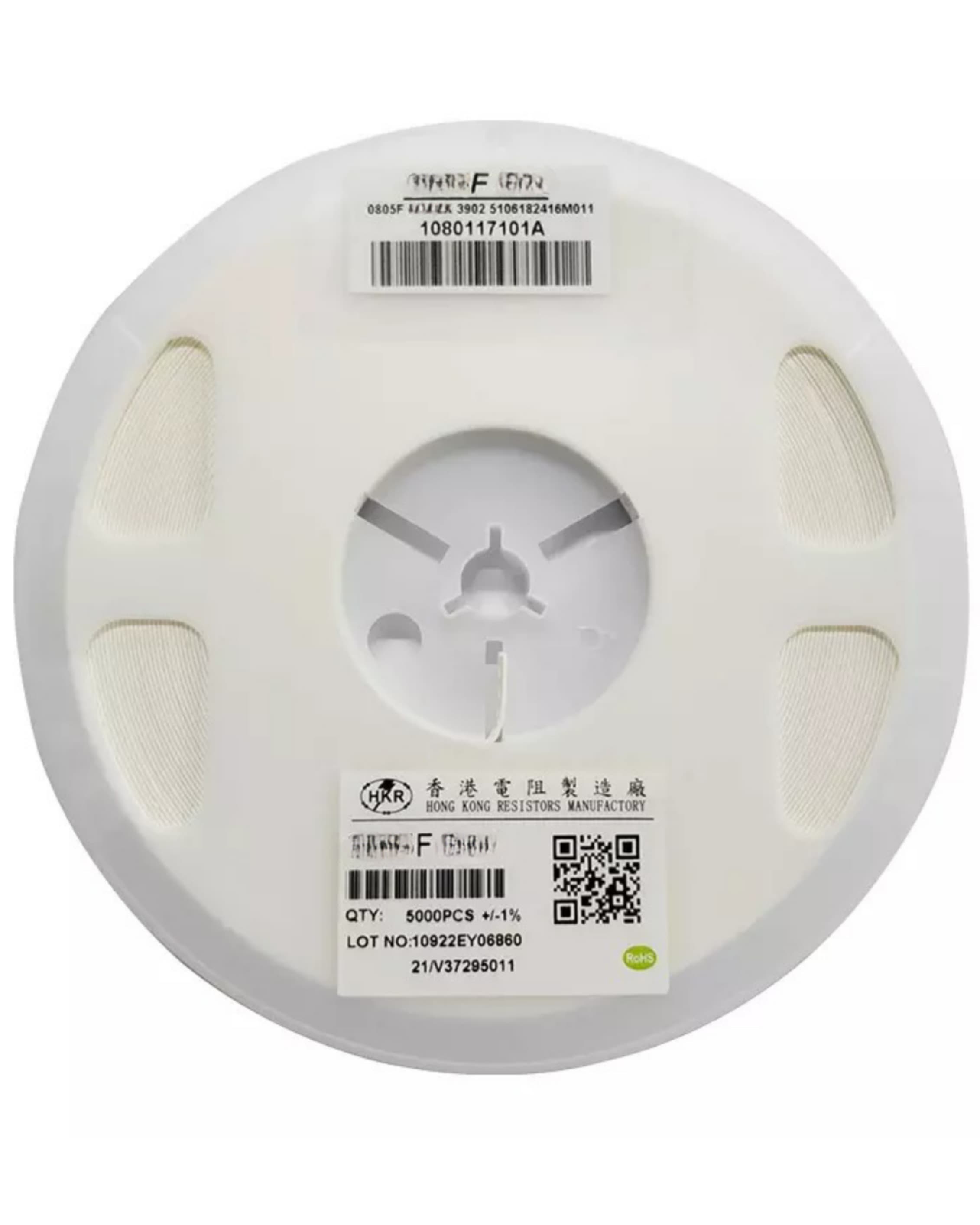

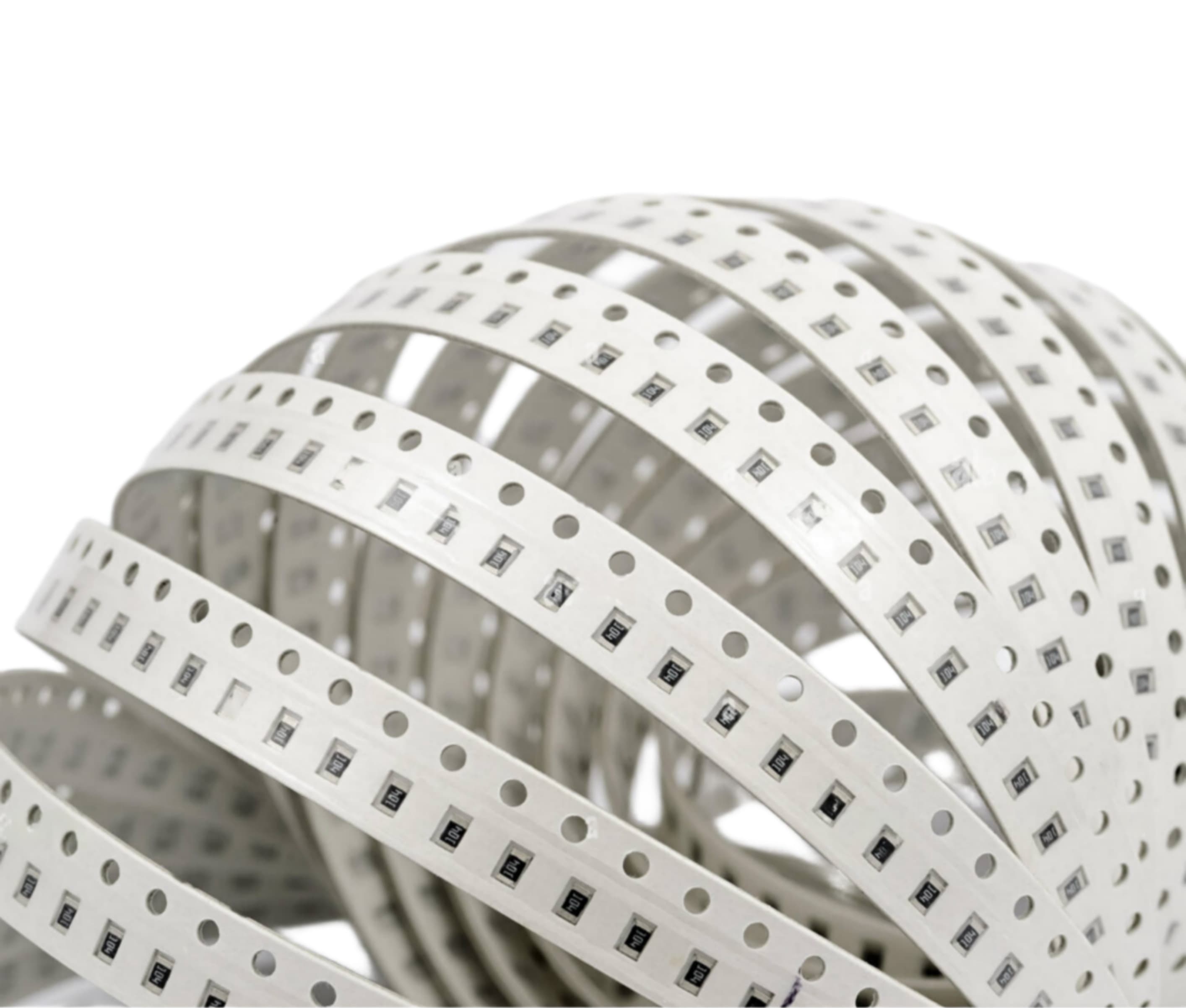
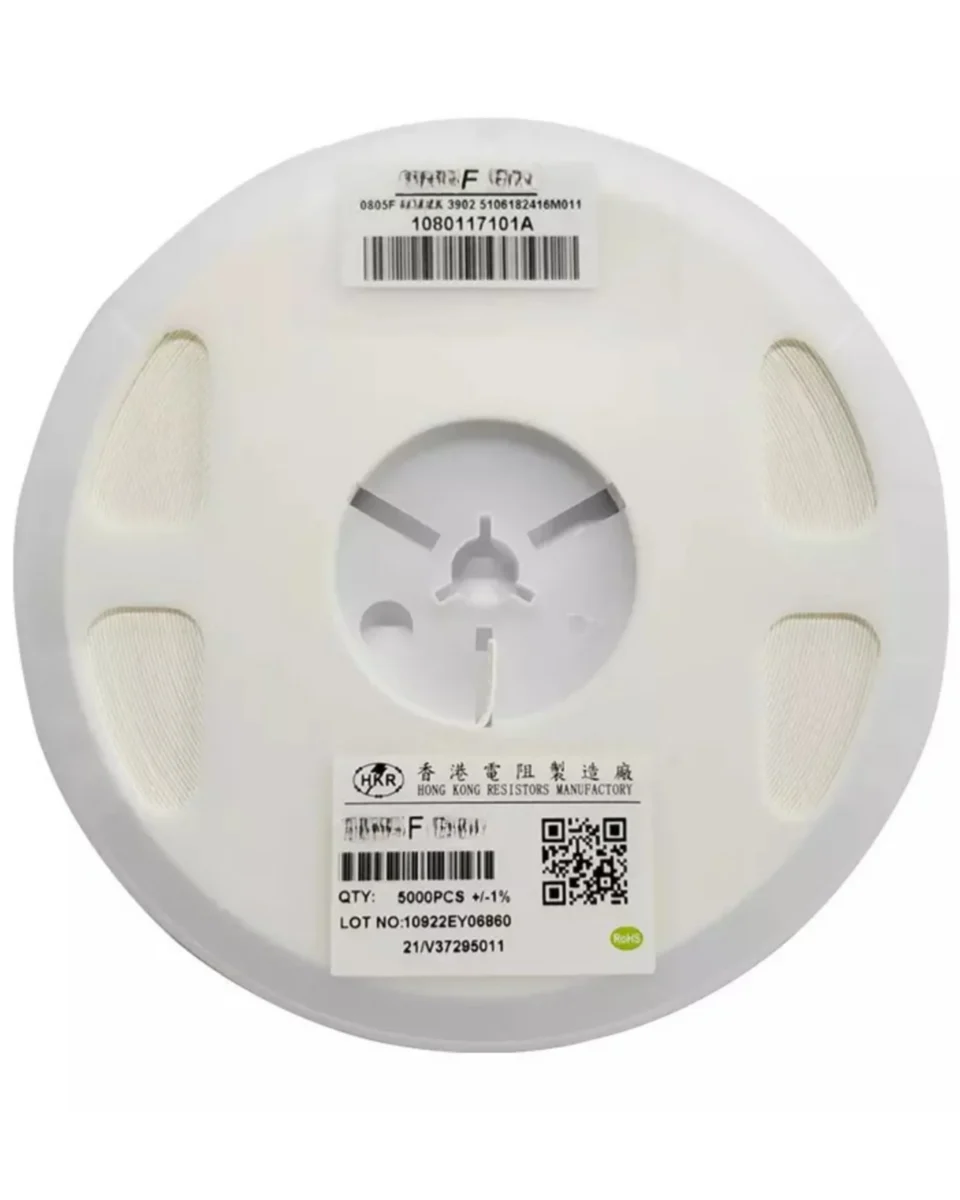

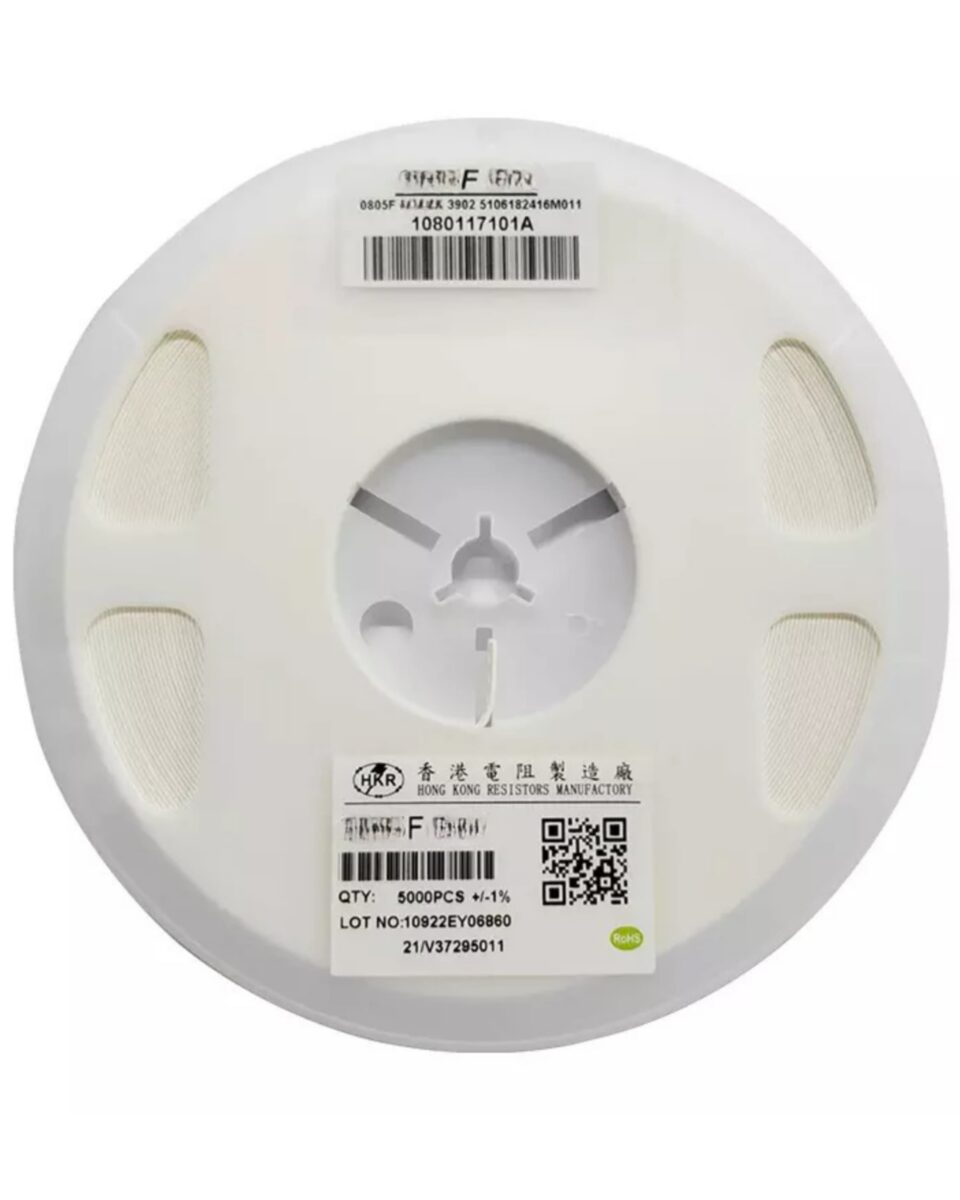
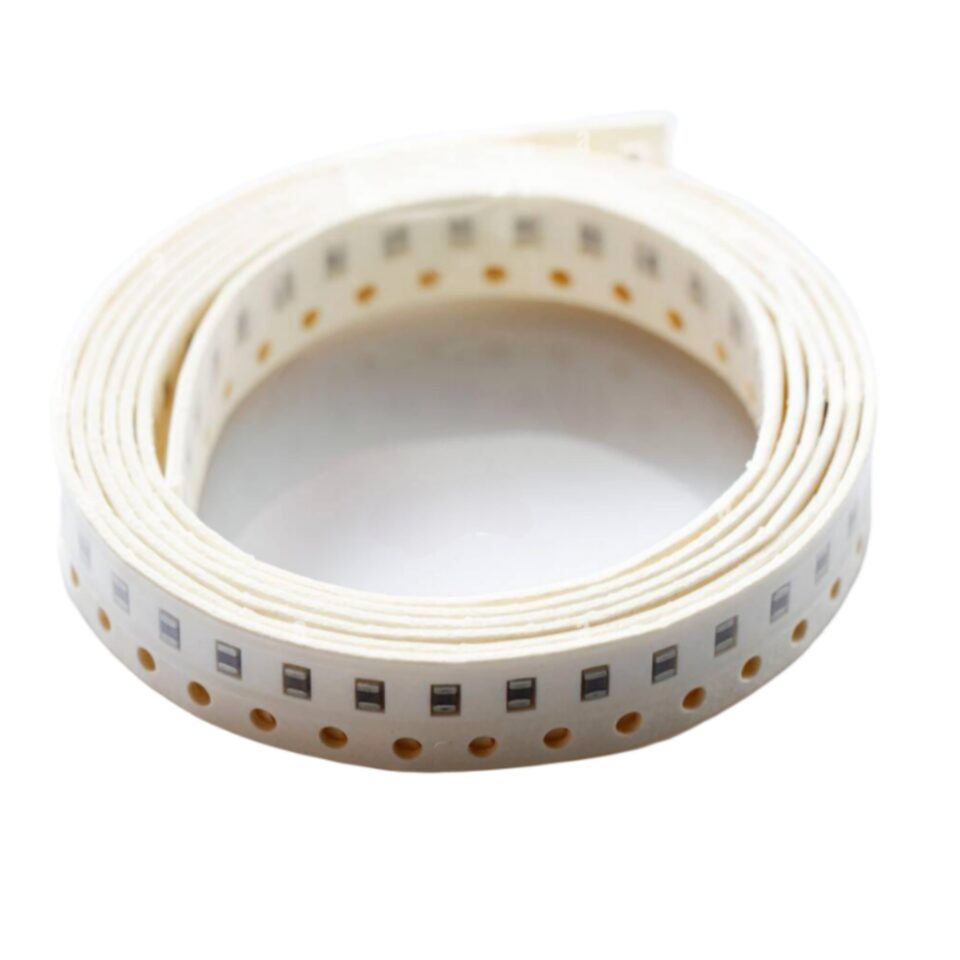
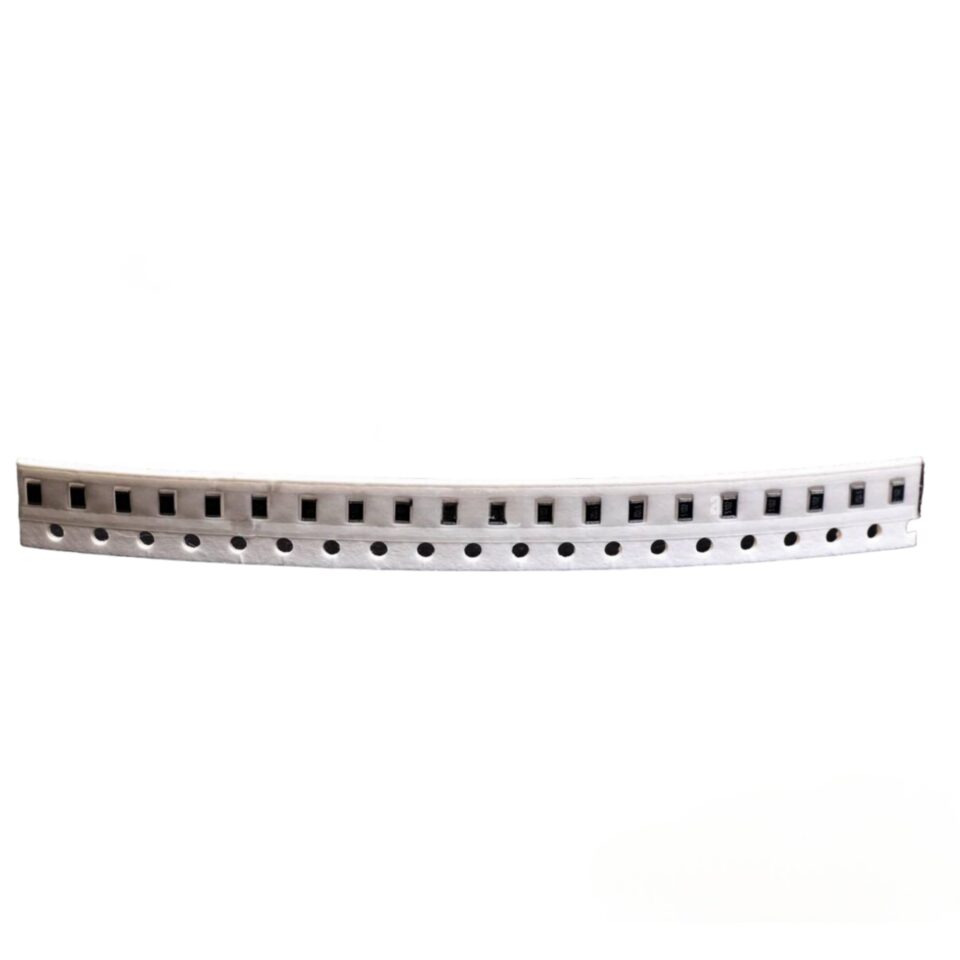
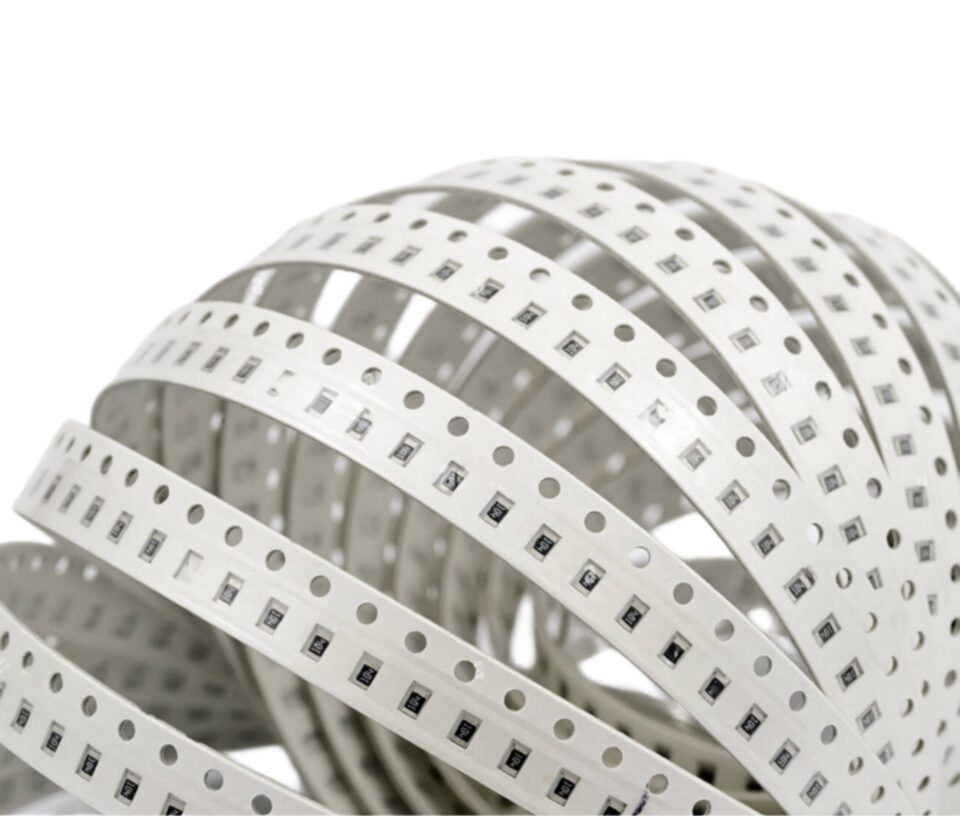
Reviews
There are no reviews yet.